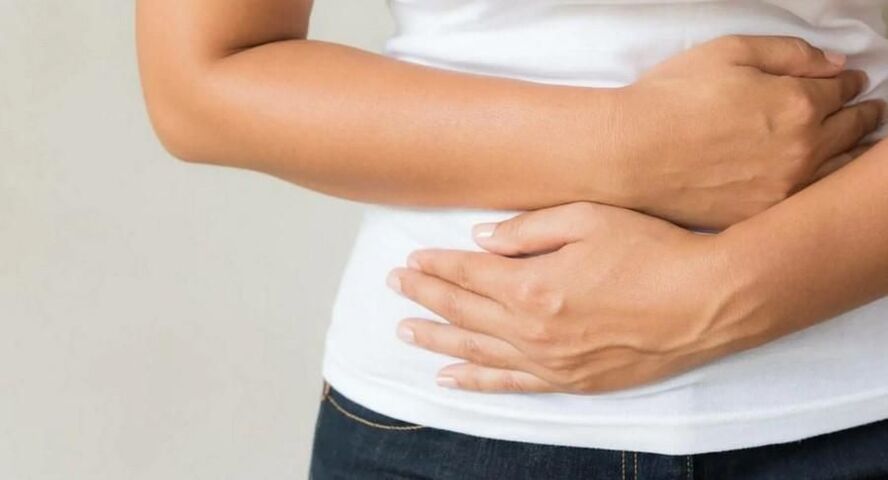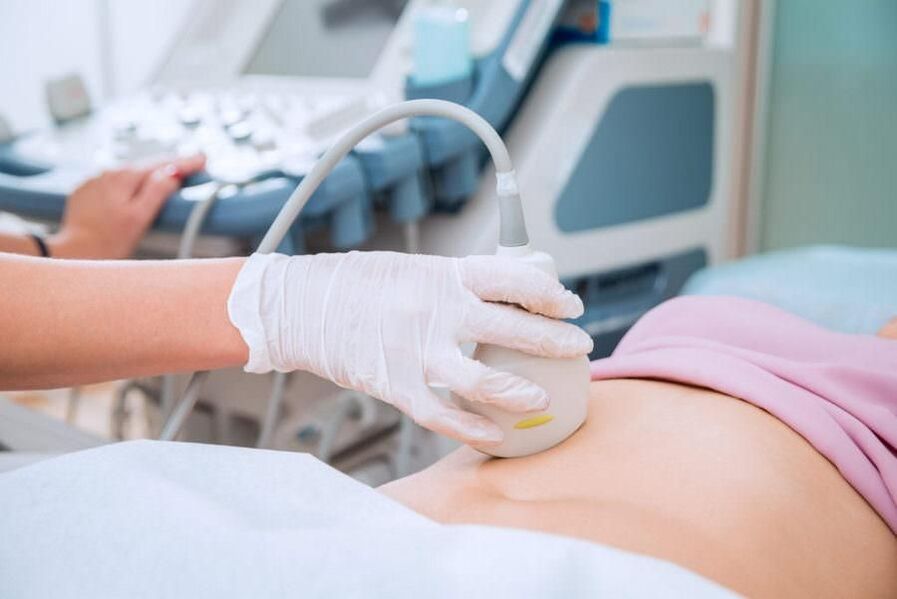Cysticercosis- This is a worm infection. It is registered in children and adults mainly in warm and humid countries. The risk group is boys and girls aged 5-15 years, due to their knowledge of the outside world, low immune response and insufficiently low stomach pH. Target organs – liver, kidneys, lungs. The main habitat is the digestive tract.
Parasites enter through mucous membranes and damaged skin or through contaminated water and food. In the digestive system, young individuals enter the blood through the destroyed wall.
Initially, helminths go down into the intestines, develop for 40-80 days, gradually mature, and in the late stage of development, they lay eggs and leave the body with feces.
Cause of the disease
A person becomes infected after consuming contaminated food and water or coming into contact with dirty soil. Individuals are transmitted to others through common objects - dishes, toothbrushes, towels, forks, spoons, toys.
Provocative factors are non-compliance with hygiene rules, improper food preparation (cooking meat, fish at low temperatures), compliance with a raw food diet.
Eggs are brought by pets that regularly walk outside.
Types of worms
Parasites are divided into different classes in terms of how they survive in the environment:
- Contact. Transmitted between people.
- Geohelminthiase. To develop, it does not need an intermediate host, the habitat is soil.
- Biological helminths. At least two organisms are needed for life.
Science knows more than 350 species of parasites. The following are dangerous:
- Nematodes (roundworms) are the cause of ascariasis and whipworm.
- Spinyheads (acanthocephalans) – disease: acanthocephalanosis.
- Trematodes (trematodes) – cause opisthorchiasis and fascioliasis.
- Cestodes (tapeworm) – tapeworm, echinococcus.
Helminths settle in the intestines, lungs and gallbladder.
Clinical images
Symptoms are determined by the type of worm, the affected organ, the patient's anatomical and physiological characteristics, and immunity.
Flow options:
- Sharp.Time – 2-8 weeks.Toxic and allergic syndromes prevail: weakness, loss of strength, nausea, vomiting, fever, rash, lymphadenopathy, feeling of lack of air, bloating and abdominal pain. The pathological symptom is teeth grinding (teeth grinding). It appears mainly at night. Local changes may occur - redness and irritation of the perianal area.
- Chronic.Duration - several years.Patients worry about indigestion, lower abdominal pain, sour or bitter belching, indigestion, and intolerance to certain foods. Damage to the liver and gallbladder leads to jaundice (changes in skin color) and hepatitis. Nematodes cause bronchitis, pneumonia, respiratory failure and myocarditis. Infiltration of the central nervous system is accompanied by emotional instability, irritability, difficulty remembering new information and insomnia.
Helminth disease reduces the immune response, promotes the accumulation of secondary flora, dental caries, severe allergic reactions (anaphylactic shock) and exacerbation of accompanying pathologies.

symptoms
The parasite's waste products cause local symptoms (itching, hives), pneumonia, cardiac asthma and bronchial asthma. Worms eat human macronutrients, leading to delayed psychomotor and intellectual development in children. Whipworms use red blood cells and hemoglobin, creating anemia. With severe infection, patients suffer from appendicitis, physiological disorders, frequent bile duct obstruction and intestinal obstruction.
Diagnose
At the first symptoms, you should consult a specialist or therapist.
Spleen, liver, and regional lymph node enlargement are identified by palpation. In the CBC, the eosinophil count increases and the ESR increases.
To verify the diagnosis and control treatment, the following are done:
- scraping from the perianal area;
- examination of biological material (vomit, urine, sputum, stool);
- co-program;
- allergy testing.
The severity and extent of pathological changes are detected by chest X-ray, ultrasound, contrast-enhanced computed tomography, MRI, and endoscopy of the stomach and colon.
Diagnosing helminth disease is very difficult due to irregular ovulation, antibodies disappearing 2-3 months after infection and diverse clinical pictures.

Treatment
Patient management tactics are determined by the doctor after consultation.
Medical treatment involves choosing a dewormer based on symptoms and type of worm.
Bronchopulmonary manifestations are treated with steroids, expectorants, antihistamines, and antispasmodics. Normal intestinal microflora is restored by probiotics and digestion is improved by enzymes. Surgery is performed to remove the cyst.
After 3-4 weeks, control stool tests were performed three times.
Prevent
The following recommendations help prevent helminth infections:
- Wash your hands after going to the bathroom and returning from a walk, and before eating.
- Refuse bad habits
- Wash greens, vegetables, apples, oranges under running water.
- Process the product properly.
- Drink boiled water.
- Active lifestyle.
Pharmacological prophylaxis (for adults, children, pets) with nonspecific anthelmintics is indicated twice a year.























